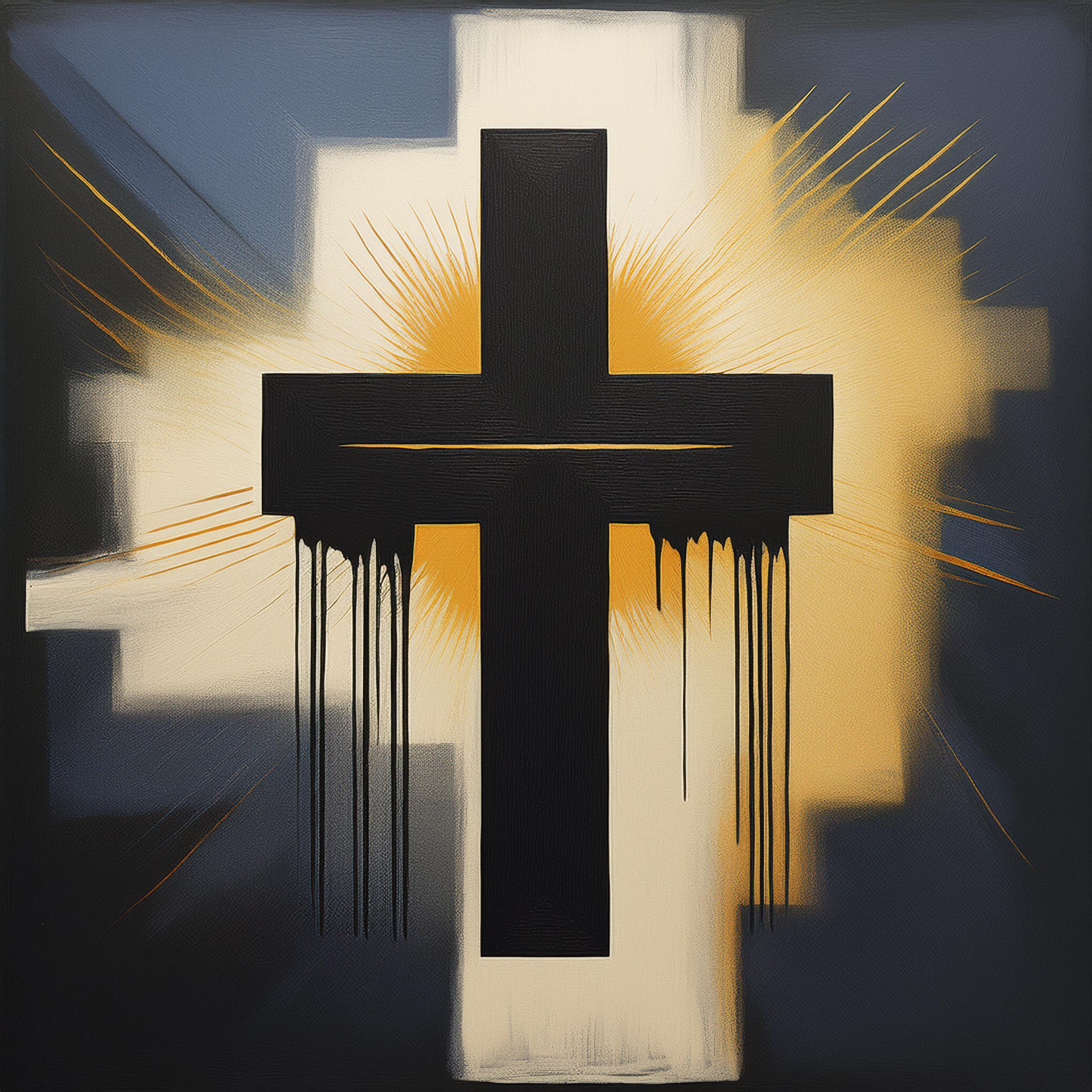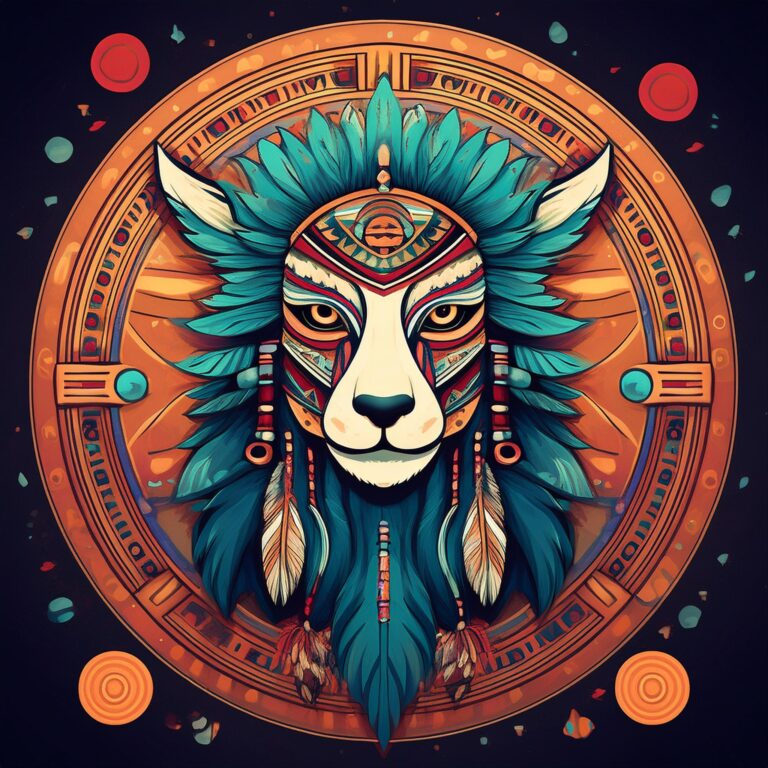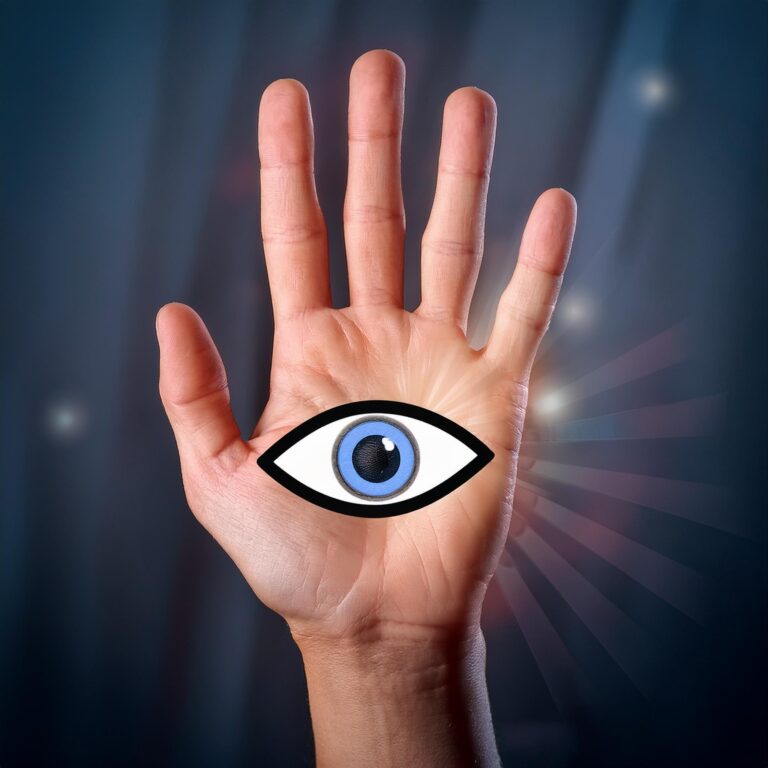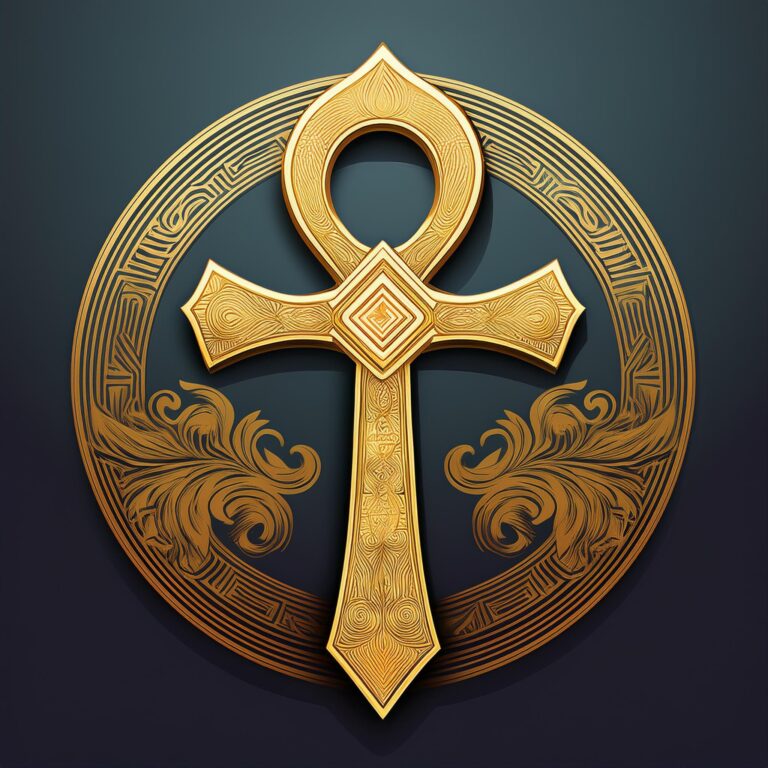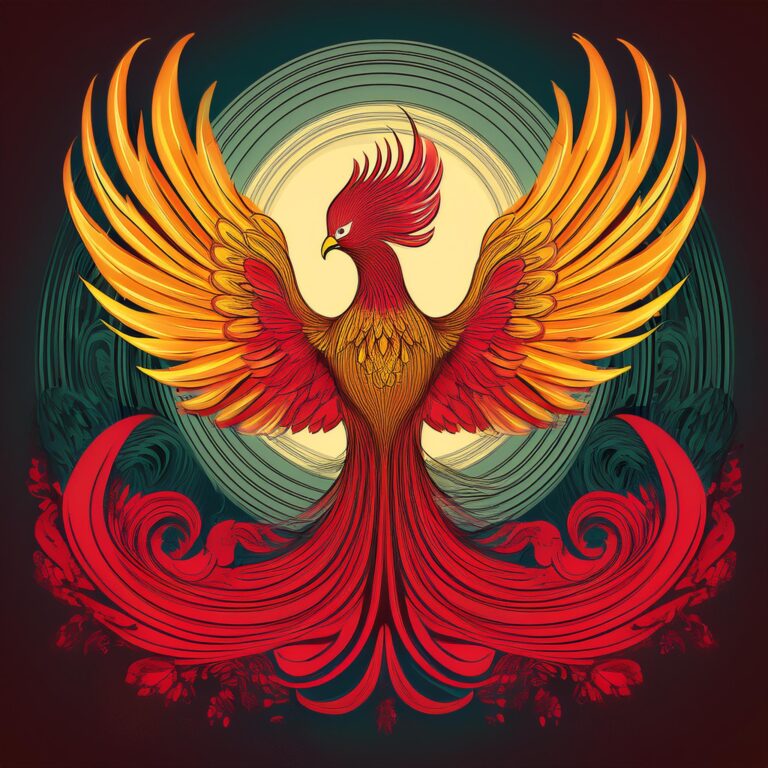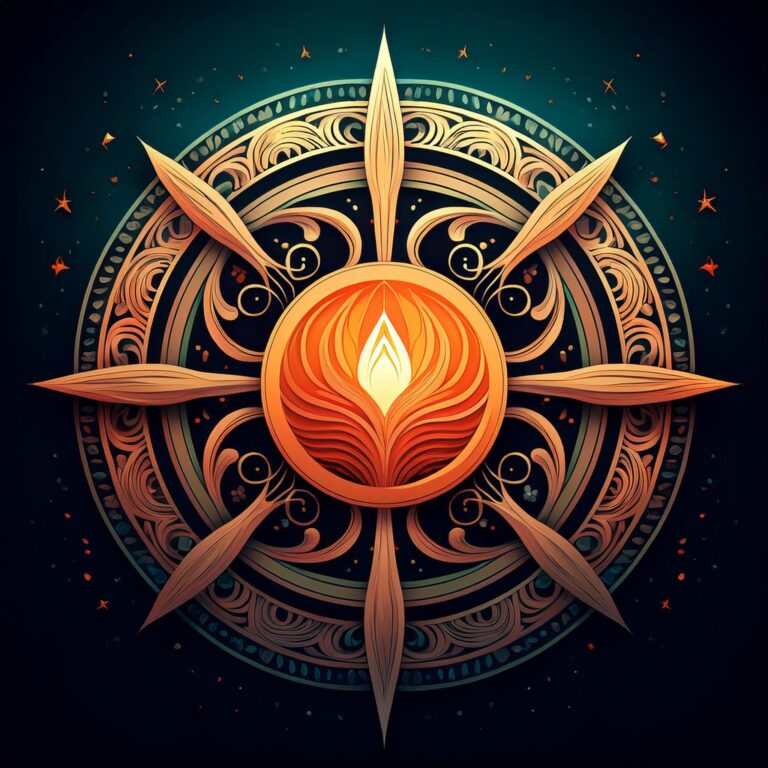The black cross is a symbol that has carried significant meanings throughout history, often tied to both religious and cultural contexts. At first glance, the image of a black cross might evoke associations with Christianity, as the cross itself is central to Christian iconography. However, the use of a black cross specifically diverges from the typical representations seen in churches or religious art. This darker version of the symbol often invokes more complex themes such as death, mourning, or sacrifice.
One prominent association is its link to the Teutonic Knights, a medieval German military order. The black cross, emblazoned on white robes, became their emblem, symbolizing the duality of purity (white) and penance or struggle (black). In this context, the black cross represented both faith and the harsh realities of war during the Crusades.
Beyond its historical and military uses, the black cross also appears in modern times as a symbol of resistance or protest. It can stand for defiance against oppression or injustice, sometimes employed in movements where the traditional meaning of the cross is adapted to fit contemporary issues. In some artistic interpretations, the black cross can even symbolize inner turmoil or personal transformation, contrasting light and darkness within the individual.
As a versatile symbol, the black cross continues to evoke a wide range of emotions and interpretations depending on its context and usage. Whether seen as a mark of solemnity, a representation of battle, or a symbol of personal struggle, the black cross carries layers of meaning that extend far beyond its surface appearance.
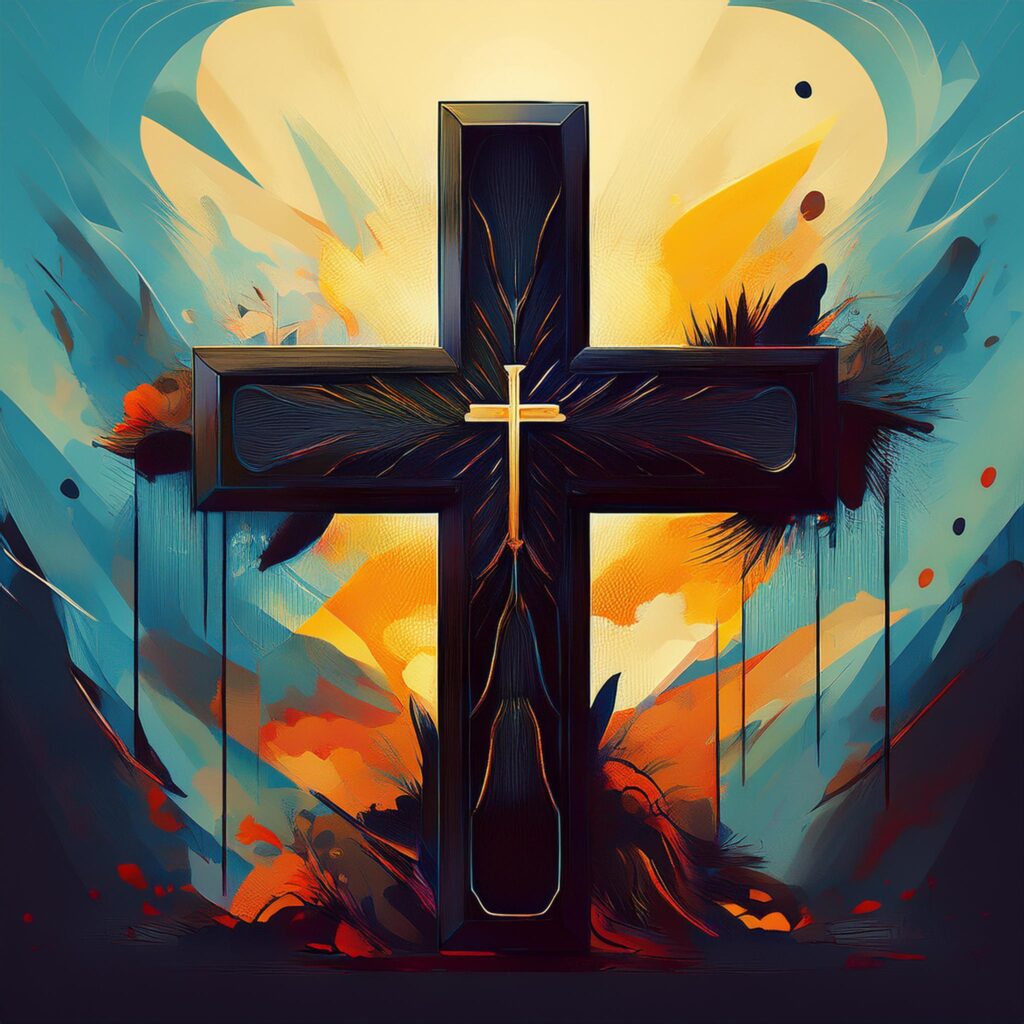
Historical Origins of the Black Cross
The black cross has a deep-rooted history that spans across centuries, with its origins largely traced back to medieval Europe. One of the earliest and most notable uses of the black cross was by the Teutonic Order, a German military and religious organization founded during the Crusades. The order, established in the late 12th century, adopted a black cross on a white background as its emblem. For the Teutonic Knights, this symbol represented a combination of their Christian faith and the military nature of their mission. The black cross became synonymous with their cause—spreading Christianity while defending Europe from external threats.
In this period, the black cross carried a strong religious connotation, reflecting both the spiritual duties of the knights and their willingness to sacrifice for their beliefs. The stark contrast between the white background and the black cross was symbolic of the purity of their mission juxtaposed against the harshness and violence of warfare.
The symbol’s prominence extended beyond the Teutonic Order and continued to be used in other forms throughout history. For instance, during the Protestant Reformation in the 16th century, variations of the black cross began to emerge in different Protestant movements, emphasizing martyrdom, sacrifice, and resistance against oppression.
As time went on, the black cross retained its strong connection to themes of struggle and conflict. Whether as a religious emblem or a symbol of military power, its historical roots firmly anchored it as a mark of identity, purpose, and defiance in both Christian and secular contexts. Its use evolved, but the core themes of the black cross, tied to sacrifice and faith, remained central to its meaning throughout history.
Religious Significance of the Black Cross
The black cross holds significant meaning in religious contexts, particularly within Christianity. While the traditional Christian cross is often associated with salvation and resurrection, the black cross introduces a more somber and introspective layer to this symbolism. It represents not only faith but also themes of sacrifice, mourning, and penance, making it a powerful symbol of human suffering and redemption.
In Christian tradition, the black cross can be seen as a reminder of Christ’s crucifixion, but with a focus on the suffering and sacrifice that preceded the resurrection. The dark hue signifies grief, death, and the weight of sin. Unlike the bright, triumphant imagery often associated with the resurrection, the black cross emphasizes the pain and sacrifice that come before renewal. This interpretation is closely tied to the concept of atonement—where believers are reminded of the cost of salvation and the need for repentance.
Historically, the black cross was also embraced by religious military orders, such as the Teutonic Knights, whose emblem was a black cross on white. For them, the cross symbolized both their devotion to God and their readiness for sacrifice in defense of the Christian faith. In this context, the black cross became a symbol of martial faith, highlighting the order’s commitment to protect Christian lands and ideals.
Beyond Christianity, the black cross can also hold significance in other spiritual and esoteric traditions. In some mystical interpretations, the black cross is a symbol of transformation, representing the death of the old self and the rebirth of the soul. The contrast between light and dark in the cross’s design mirrors the spiritual journey from ignorance to enlightenment.
Overall, the black cross carries profound religious meanings, serving as a reminder of both the challenges of faith and the hope for redemption through sacrifice and transformation. It stands as a powerful symbol of humility, penitence, and the enduring struggle between light and darkness within the spiritual journey.
The Black Cross in Modern Times
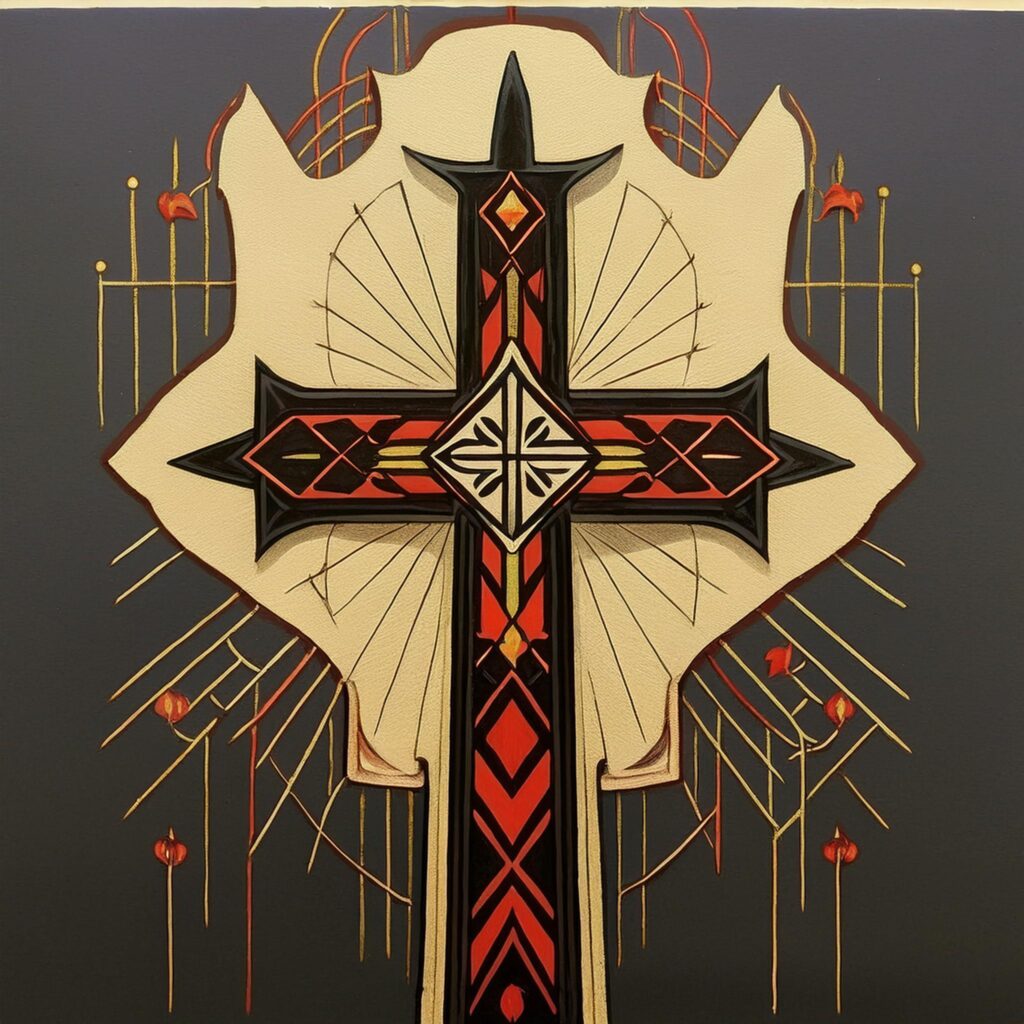
In contemporary culture, the black cross has evolved beyond its religious and historical origins, taking on new meanings in various social, political, and artistic contexts. While it still carries echoes of its past associations with sacrifice, struggle, and faith, today the black cross is often seen as a symbol of resistance, defiance, and even personal transformation.
One prominent example of the black cross in modern times is its adoption by various activist movements. In certain political protests, the black cross can represent opposition to oppression or injustice, symbolizing a stand against forces that are perceived as corrupt or authoritarian. It has appeared in demonstrations and protests worldwide, where the cross is used not just as a religious symbol but as a mark of solidarity, rebellion, and the fight for freedom. In these contexts, the black cross has become a tool for social commentary, often paired with messages of anti-establishment ideals or resistance to systemic power.
The black cross has also found its place in modern fashion and subcultures. Within certain gothic and alternative movements, the black cross can be seen as a statement of individualism, self-expression, and rejection of societal norms. Here, it may signify personal struggle, existential reflection, or even a form of rebellion against traditional religious or cultural values. The stark simplicity of the black cross makes it a versatile symbol, one that can be adapted to various interpretations depending on the wearer’s intent.
In the world of art and design, the black cross has been used to convey themes of contrast, duality, and transformation. Its minimalist form and powerful connotations make it a popular choice for modern artists who explore themes of life, death, and the cyclical nature of existence. The black cross often appears in works that challenge the viewer to contemplate the deeper meanings of struggle and sacrifice in the context of contemporary life.
Thus, the black cross in modern times is a dynamic symbol, shaped by its historical weight yet constantly evolving with new layers of meaning. Whether used in political activism, fashion, or art, it remains a powerful emblem that resonates with themes of resistance, transformation, and the enduring human spirit.
The Black Cross in Art and Literature
The black cross has long been a potent symbol in art and literature, often used to evoke strong emotions and provoke thought on themes such as mortality, sacrifice, and human suffering. Its stark, minimalist form provides a versatile canvas for artists and writers to explore complex ideas, making it a powerful motif that transcends religious boundaries.
In visual art, the black cross has been utilized by various modern and contemporary artists to reflect themes of existentialism and duality. One of the most famous examples is Kazimir Malevich’s Black Cross (1915), a key work in the Russian Suprematism movement. Malevich’s use of the black cross reduced the symbol to its purest geometric form, stripping away religious connotations and turning it into a representation of pure abstraction. The cross, in his work, symbolizes the tension between form and void, light and darkness, a fitting reflection of the struggles of the early 20th century as the world entered a period of unprecedented change and conflict.
In literature, the black cross has appeared as a symbol of personal transformation, suffering, or rebellion. Many writers have incorporated the image of the black cross to illustrate characters’ internal conflicts, especially when grappling with moral dilemmas, loss, or redemption. In works of Gothic fiction, the black cross often represents a dark fate or a cursed lineage, heightening the atmosphere of dread and inevitable tragedy. This use of the symbol to suggest death or impending doom aligns with its associations with mourning and sacrifice, particularly in European and American literature.
Beyond its direct representation in specific works, the black cross also serves as a broader metaphor for spiritual and emotional struggles in various literary and artistic movements. It has been employed by existentialist writers and philosophers to represent the void or the burden of existence, where the individual faces the paradox of human suffering and the search for meaning.
Thus, in both art and literature, the black cross functions as more than just a religious symbol—it becomes a universal signifier of struggle, conflict, and the human condition. Whether used in a minimalist painting or a haunting literary scene, the black cross continues to captivate creators who wish to explore the darker, more profound aspects of life and existence.
Variations of the Black Cross
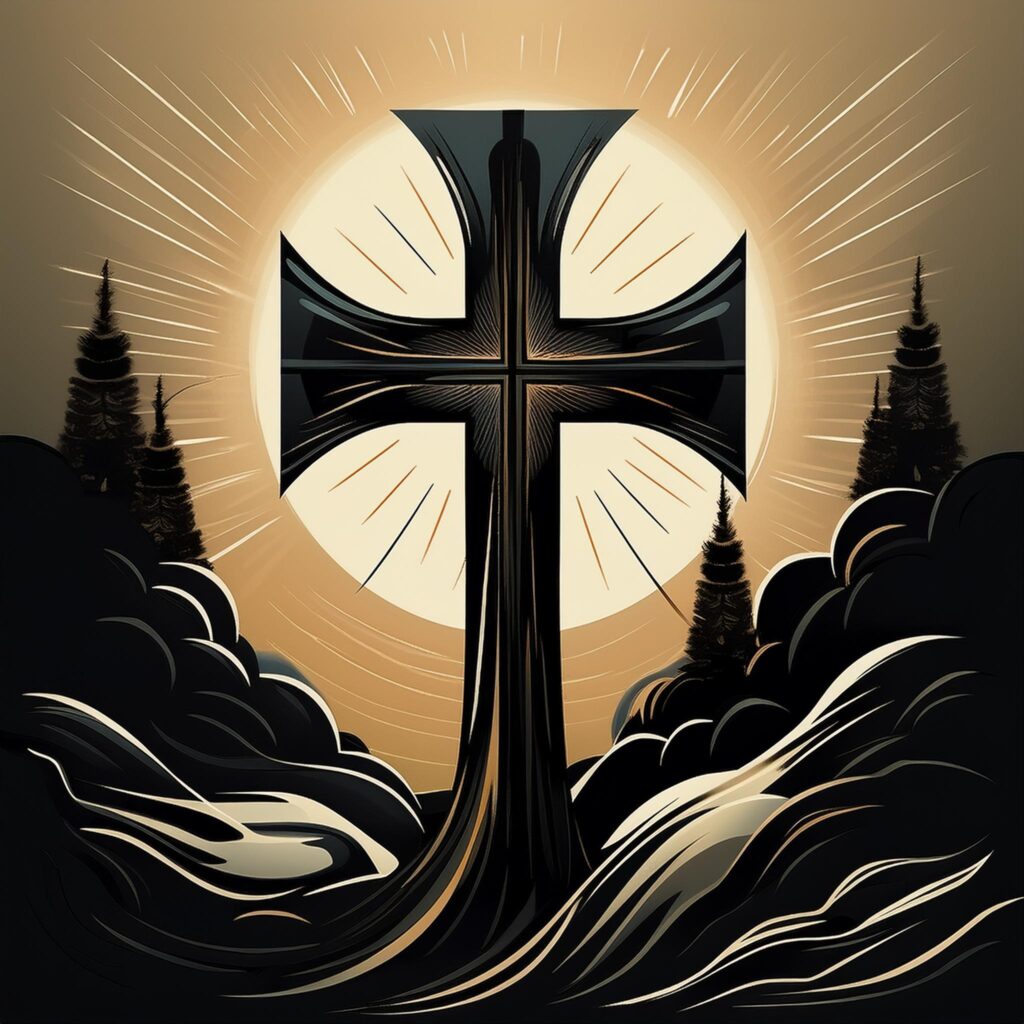
The black cross, while a simple and stark symbol, comes in many forms across different cultures and periods, each variation carrying its own unique meanings and associations. These variations reflect the adaptability of the black cross, evolving to fit the specific cultural, religious, and historical contexts in which it is used.
One of the most well-known variations is the Teutonic Cross, a black cross with straight arms of equal length, often depicted on a white background. This cross was the emblem of the Teutonic Knights, a German medieval military order. Its bold, minimalistic design represented faith and military discipline, combining the virtues of Christian piety with the reality of warfare. Even today, the Teutonic Cross holds significance in Germany’s cultural and historical identity, symbolizing honor, sacrifice, and the defense of values.
Another prominent form is the Maltese Cross, often seen in black or dark hues. Although traditionally associated with the Knights of Malta, a Catholic military order, the black Maltese Cross has also been adopted by various modern organizations, including firefighting units, where it represents bravery, sacrifice, and the willingness to face danger for the protection of others. Its distinctive eight-pointed shape differentiates it from other crosses and has made it a widely recognizable symbol in both religious and secular contexts.
The Iron Cross, another famous variation, originated in Prussia and later became a significant military symbol in Germany. Awarded for bravery in combat, the Iron Cross was a black cross with silver or white edges, embodying the concepts of valor and heroism. Although its meaning has shifted over time, and it has been controversially associated with certain political movements, its original significance as a mark of honor and military service remains part of its legacy.
The Celtic Cross is another variant sometimes depicted in black, combining a traditional Christian cross with a circular ring. The Celtic Cross often symbolizes eternity or the unity of life and death, with the circle representing the eternal cycle of life. While more commonly seen in stone monuments and gravestones, the black Celtic Cross is used in modern designs, blending themes of spirituality, mortality, and the ancient cultural heritage of the Celtic peoples.
Additionally, in more modern contexts, the Inverted Cross (an upside-down black cross) has emerged as a symbol associated with rebellion and nonconformity, particularly in alternative subcultures. While originally connected to Saint Peter, who was crucified upside down, it has been repurposed in some cases to represent opposition to established norms, often used in gothic and metal music communities to convey themes of defiance and dark introspection.
Each variation of the black cross, from military to religious to modern cultural expressions, demonstrates the symbol’s wide-reaching influence and its ability to take on different meanings depending on the context. Whether seen as a mark of honor, spirituality, or personal identity, the black cross and its variations remain a potent symbol throughout history and into the present day.
Psychological Interpretation of the Black Cross
From a psychological perspective, the black cross carries deep symbolic weight, often representing themes of inner conflict, transformation, and the darker aspects of the human psyche. Its stark color and shape evoke a sense of finality, loss, and introspection, making it a powerful symbol for exploring the complexities of the mind and emotions.
One common psychological interpretation of the black cross is its association with death and mourning. The color black is universally linked to grief, and the cross—traditionally a symbol of hope and salvation—takes on a more somber tone when depicted in black. Psychologically, this creates a dual meaning, representing not only the inevitable end of life but also the emotional processes of mourning and the acceptance of loss. The black cross can symbolize the way individuals confront mortality and cope with feelings of sadness, emptiness, or despair.
Another significant interpretation lies in the black cross as a symbol of personal transformation and rebirth. In many cultures, black represents not only death but also renewal—out of darkness comes light, and from struggle emerges growth. The black cross, then, can be seen as an emblem of the transformative journey of the self. Psychologically, it represents the “death” of an old identity or way of being, making room for a new beginning or enlightenment. This process aligns with Carl Jung’s concept of the shadow self, where individuals must confront and integrate their darker, unconscious aspects to achieve wholeness. The black cross symbolizes this difficult but necessary confrontation with the hidden parts of the self.
Furthermore, the black cross is often associated with sacrifice and suffering. In religious and historical contexts, the cross itself is a symbol of sacrifice, and when rendered in black, it underscores the emotional and psychological weight of suffering. For many, the black cross can serve as a representation of personal struggles—whether emotional, spiritual, or mental—that require endurance and strength. The black cross stands as a psychological marker for moments when individuals must carry heavy burdens, reminding them of their resilience and capacity to endure hardships.
Finally, the black cross can symbolize rebellion and nonconformity in the psychological realm. In some modern subcultures, the black cross is used as a statement of defiance against societal norms and expectations. Psychologically, this can be interpreted as an expression of individuality and resistance to external pressures. The act of embracing the black cross can signify a rejection of conformity and an assertion of personal autonomy, where one chooses to walk a different path, even if it’s more challenging or misunderstood.
Overall, the psychological interpretations of the black cross delve into themes of loss, transformation, suffering, and self-discovery. Whether as a symbol of inner turmoil or a mark of personal growth, the black cross resonates with the deep emotional and mental struggles that are part of the human experience.
Controversies Surrounding the Black Cross
Despite its historical and religious significance, the black cross has been the subject of controversy, particularly in modern times. This symbol, once primarily associated with faith, sacrifice, and honor, has at times been appropriated or misused in ways that have sparked debate and criticism. The controversies surrounding the black cross often stem from its use in political, social, and cultural movements where its meaning becomes distorted or tied to more divisive causes.
One of the most contentious associations with the black cross is its connection to military and nationalist ideologies. In particular, the Iron Cross, a black cross with silver or white edges, became closely associated with Germany during both World Wars. Originally a Prussian military decoration awarded for bravery, the Iron Cross was adopted by Nazi Germany during World War II. This association has led to the black cross being misinterpreted or even vilified, especially in countries where it evokes painful memories of conflict and oppression. Although the Iron Cross itself predated the Nazi regime, its use during that period continues to fuel debate over whether the symbol can ever be fully separated from its wartime connotations.
Another point of controversy involves the appropriation of the black cross by extremist groups. In some cases, the black cross has been used by far-right or nationalist movements as a symbol of racial or ideological superiority. These groups have co-opted the cross to represent their own agendas, often distorting its original meanings and religious significance. This has caused concern, particularly within religious communities, as the misuse of the symbol can lead to misunderstandings about its true purpose and history.
Additionally, in modern subcultures, the black cross has become associated with anti-establishment and rebellious movements, particularly within gothic, punk, and metal communities. While for many this is a form of self-expression and resistance to mainstream norms, it has also led to criticism from more conservative or traditional groups. The use of the black cross in these contexts can be seen as provocative or disrespectful, especially when it is perceived as rejecting traditional religious values. For some, the black cross, when adopted as a symbol of rebellion, may represent a challenge to authority or societal expectations, but for others, it can be interpreted as a rejection of faith altogether.
Moreover, the inverted black cross has generated significant controversy, particularly within Christian communities. While the inverted cross originally symbolized the martyrdom of Saint Peter, it has been increasingly associated with anti-Christian or satanic imagery. The use of the black inverted cross in media, art, and fashion as a symbol of rebellion or darkness has further fueled this controversy, often being misunderstood as an overt attack on Christian beliefs. This has caused tension between those who see it as an artistic or cultural symbol and those who view it as sacrilegious or offensive.
In summary, the black cross, despite its rich and varied history, remains a symbol fraught with controversy in certain contexts. Its use in nationalist movements, subcultures, and religiously provocative settings has led to heated debates about its meaning and appropriateness. For many, the black cross is still a symbol of sacrifice and faith, but its misuse or reinterpretation in modern times continues to spark discussion and disagreement over its true significance.
Reader-Requested Symbols Related to the Black Cross
In response to the curiosity and requests from our readers, several symbols that share connections with the black cross have emerged as topics of interest. These symbols, while distinct in form and meaning, often intersect with the themes of sacrifice, duality, and transformation that the black cross embodies. Below, we explore some of the most frequently requested symbols and their relevance to the black cross.
- The Celtic Cross
One of the most commonly requested symbols is the Celtic Cross, which combines the traditional Christian cross with a circular ring. Often seen as a symbol of eternity and the interconnectedness of life and death, the Celtic Cross shares spiritual significance with the black cross, particularly in its reflection on mortality and the cyclical nature of existence. Both symbols evoke deep connections to faith, with the black cross emphasizing sacrifice and the Celtic Cross highlighting unity and continuity. - The Ankh
The Egyptian ankh, often referred to as the “key of life,” is another symbol that readers frequently compare to the black cross. While the ankh is associated with life and immortality, its cross-like form and connection to spiritual rebirth align with the themes of transformation present in the black cross. The ankh’s loop at the top represents the eternal soul, contrasting with the black cross’s focus on mortality and sacrifice, yet both serve as powerful reminders of the complex journey between life, death, and the afterlife. - The Cross of St. Peter
Known as the inverted cross, the Cross of St. Peter is often misunderstood but holds significant relevance in Christian martyrdom. This symbol was originally used to represent the humility of St. Peter, who, according to tradition, requested to be crucified upside down out of respect for Christ. Like the black cross, the Cross of St. Peter emphasizes themes of sacrifice, humility, and the burdens of faith. However, its modern associations with rebellion and counterculture have shifted its interpretation for many, drawing parallels with the controversial uses of the black cross in alternative subcultures. - The Iron Cross
The Iron Cross, originally a military decoration in Prussia, shares a historical and symbolic link with the black cross, especially in its representation of valor and sacrifice. While the black cross is often tied to religious sacrifice, the Iron Cross has become a symbol of military honor and courage. However, its controversial use during World War II has led to complex interpretations, similar to the modern-day discussions surrounding the black cross. Both symbols, despite their differing origins, embody a connection to personal and collective struggles. - The Maltese Cross
Another reader-requested symbol is the Maltese Cross, a variation with deep historical roots in the Knights of Malta and their Christian crusades. Like the black cross, the Maltese Cross symbolizes the ideals of faith, sacrifice, and service. Its eight points represent the virtues of the knights and their dedication to protecting the faithful, making it a fitting parallel to the black cross’s emphasis on defending spiritual and moral values.
These reader-requested symbols highlight the diverse interpretations and connections that people make with the black cross. Each symbol, while unique, shares common themes of spirituality, sacrifice, and the human experience, offering deeper insights into the universal significance of the black cross and its variations across different cultures and eras.
Similar Symbols to the Black Cross
The black cross, a potent symbol with religious, military, and cultural connotations, shares visual and thematic elements with a range of other symbols. These symbols often represent similar ideas such as sacrifice, faith, strength, and mortality. To provide a clearer comparison, the table below outlines some of the most notable symbols related to the black cross and their meanings:
| Symbol | Description | Similarities to the Black Cross |
|---|---|---|
| Latin Cross | The most recognizable Christian symbol, representing the crucifixion of Jesus Christ. | Shares themes of sacrifice, faith, and suffering. When depicted in black, it evokes mourning and death. |
| Greek Cross | A cross with arms of equal length, often used in Orthodox Christian iconography. | Represents balance and unity; can be linked to spirituality and protection, much like the black cross. |
| Celtic Cross | A cross with a circular ring surrounding the intersection, symbolizing eternity and the interconnectedness of life. | Combines faith and eternity; like the black cross, it is a symbol of spiritual endurance and reflection on mortality. |
| Iron Cross | A military decoration originating in Prussia, awarded for valor in combat. | Shares the same design as the black cross and symbolizes sacrifice, bravery, and national pride. |
| St. Andrew’s Cross | An “X”-shaped cross, representing the crucifixion of Saint Andrew, a Christian martyr. | Like the black cross, it signifies martyrdom, humility, and faith in the face of adversity. |
| Maltese Cross | A cross with eight points, associated with the Knights of Malta and representing virtues like loyalty and courage. | Represents self-sacrifice and dedication to a higher cause, similar to the black cross in its military connotations. |
| Ankh | An Egyptian symbol of life, often referred to as the “key of life.” | While representing life and immortality, the ankh shares with the black cross themes of spiritual rebirth. |
| Cross of St. Peter | An inverted cross symbolizing the martyrdom of Saint Peter. | Emphasizes themes of humility and sacrifice, similar to the black cross, but often misunderstood in modern contexts. |
| Gothic Cross | A decorative cross used in gothic art and architecture, often depicted in darker, more dramatic designs. | Like the black cross, it evokes a sense of darkness, mortality, and introspection, particularly in gothic subcultures. |
These symbols, while distinct in their own cultural or historical contexts, share a common thread of representing powerful themes of sacrifice, spirituality, and transformation. The black cross, with its solemn, minimalist form, remains a symbol that transcends boundaries, connecting it to many of these related symbols in meaningful ways.
FAQ About the Black Cross
To address common questions and misconceptions about the black cross, we’ve compiled a list of frequently asked questions to provide deeper insights into this powerful symbol. Below, we explore its meaning, history, and cultural significance.
The black cross often symbolizes themes of sacrifice, suffering, and mourning. In religious contexts, it can represent the crucifixion of Christ and the spiritual endurance of faith, while in more secular contexts, it may evoke concepts of death, transformation, and rebellion.
While the black cross has deep roots in Christian symbolism, particularly through the crucifixion of Jesus Christ, it has also been used in military, political, and cultural contexts. Variations like the Iron Cross or the Teutonic Cross carry specific historical meanings, particularly in European history.
The black cross has been co-opted by certain extremist or nationalist groups, which has led to controversy, especially when its original meaning is distorted. For example, the Iron Cross, though a symbol of valor in its origins, became associated with Nazi Germany during World War II, complicating its modern perception.
Yes, there are many variations of the black cross, including the Maltese Cross, Iron Cross, and Teutonic Cross, each with distinct meanings. Additionally, in some subcultures, the inverted black cross is used to represent rebellion or anti-establishment sentiments, though this interpretation is often misunderstood.
Absolutely. In modern times, the black cross is often used to express non-religious ideas such as resistance, independence, or personal transformation. For instance, it has been adopted in certain music and fashion subcultures to symbolize defiance and self-expression.
Yes, the black cross is tied to numerous historical events, particularly in Europe. For example, the Iron Cross was a military decoration in Prussia and later used during both World Wars. The Teutonic Cross, associated with the Teutonic Knights, also played a significant role in medieval European history.
In art and literature, the black cross is often depicted as a symbol of inner conflict, suffering, and transformation. It can represent the struggle between light and dark forces or serve as a motif for exploring themes of death, rebirth, and personal sacrifice.
The black cross refers more to the color and its symbolic weight, often connected with themes of death or mourning, while the Latin cross is the traditional Christian cross symbolizing the crucifixion. When the Latin cross is depicted in black, it takes on a darker, more introspective meaning.
The inverted black cross is often mistakenly associated with satanism, but historically, it represents the martyrdom of Saint Peter, who was crucified upside down as a mark of humility. However, in modern pop culture and certain subcultures, it has been reinterpreted as a symbol of rebellion against established religious norms.
The black cross resonates in alternative subcultures like goth, punk, and metal due to its dark, minimalist design and the themes of rebellion, mortality, and transformation that it represents. It often serves as a symbol of nonconformity and personal defiance in these communities.

I’m the editor at SymbolsSays, where I explore the deeper meanings of symbols in mythology, art, literature, and psychology. My goal is to provide insights into how symbols influence our lives and connect us to our past.
